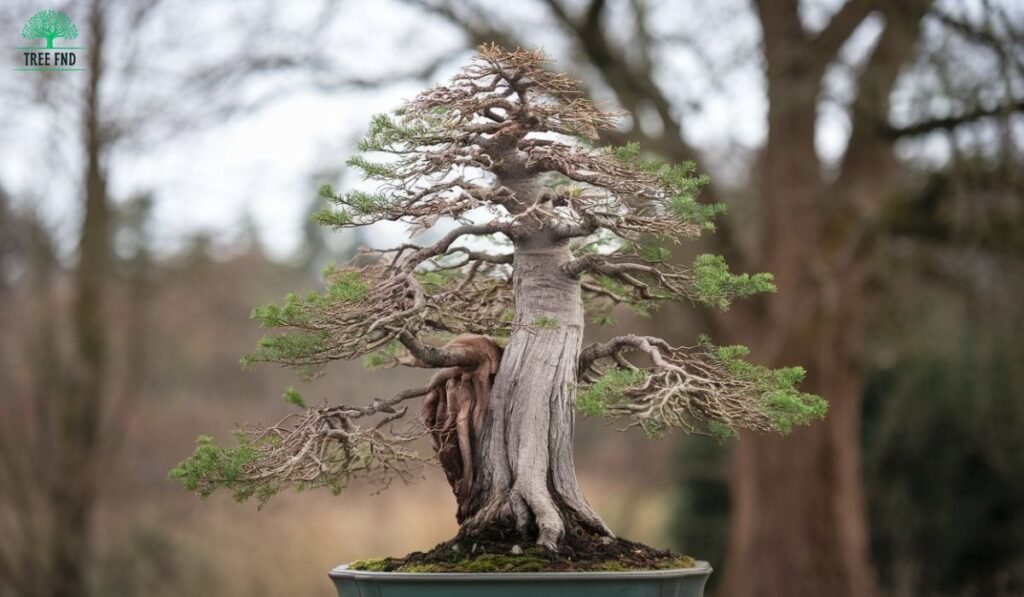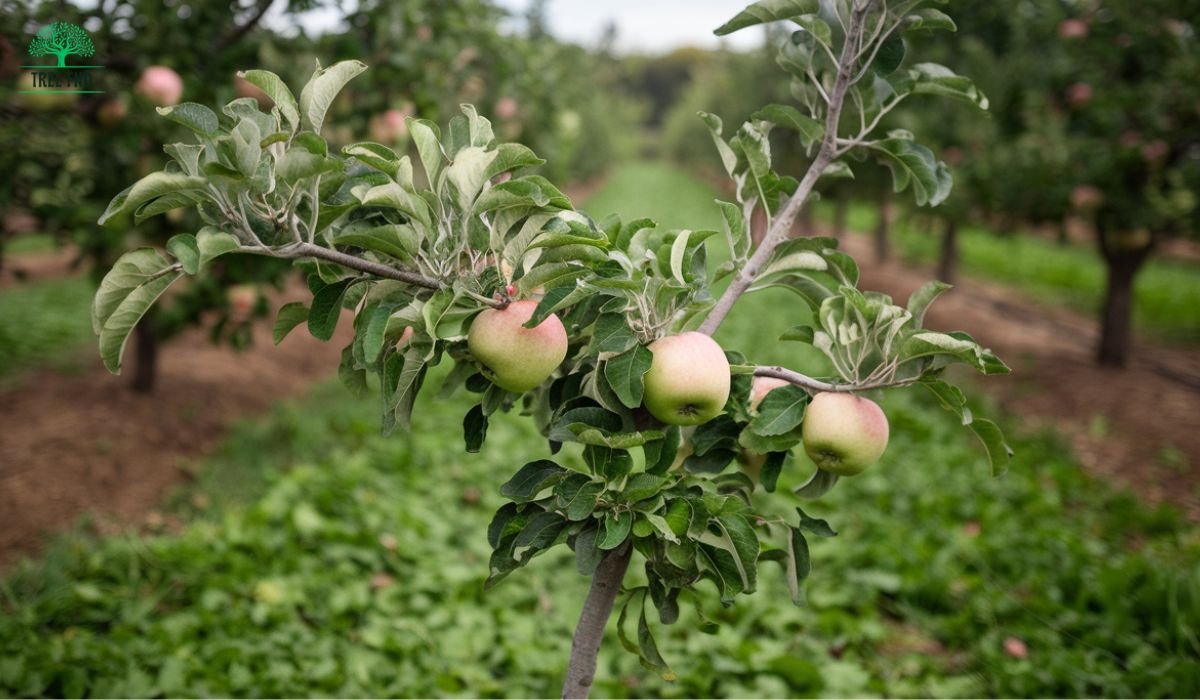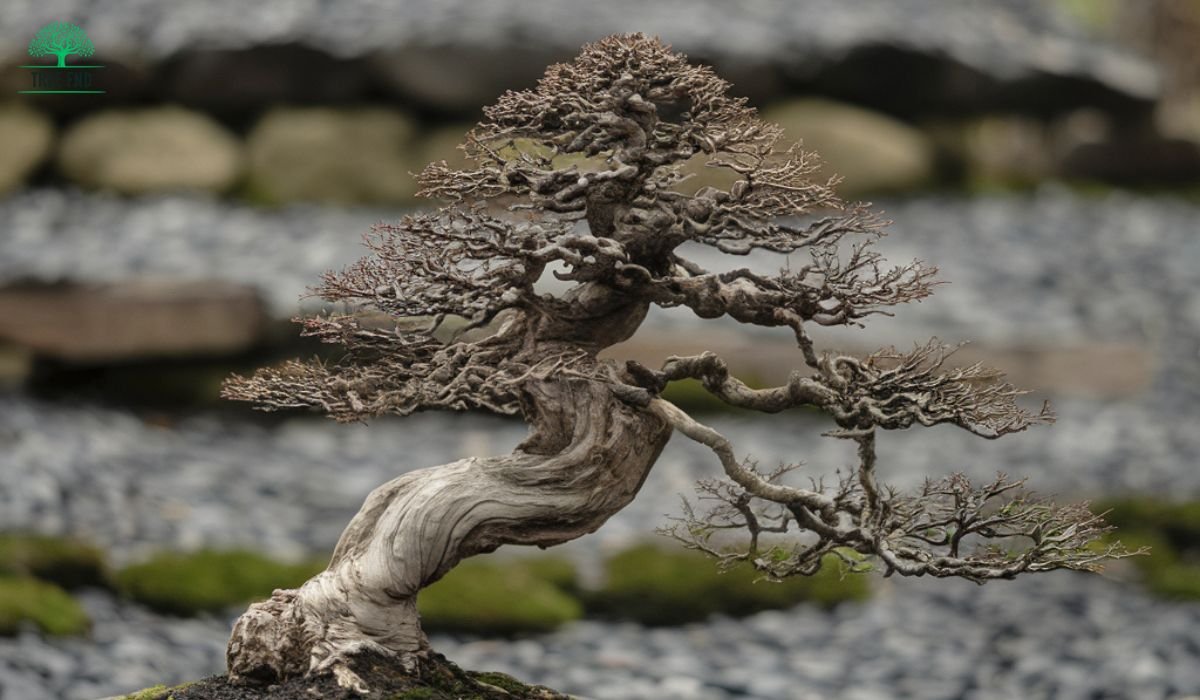The Bald Cypress bonsai tree, known scientifically as Taxodium distichum, is a captivating choice for both novice and experienced bonsai enthusiasts. This tree is valued for its hardiness and unique appearance, making it a rewarding species to cultivate. With its needle-like foliage and distinctive reddish-brown bark, it not only adds beauty to a garden but also offers a connection to nature.
Growing this bonsai requires specific care, including full sun exposure and suitable watering practices. Daily watering is often necessary for those in warmer climates to maintain healthy growth. Additionally, understanding its temperature needs, such as preferring ranges below 90 degrees Fahrenheit, plays a crucial role in successful cultivation.
As a deciduous conifer, the Bald Cypress can thrive in various conditions, making it a versatile addition to any bonsai collection. Engaging with this tree allows enthusiasts to appreciate its longevity and resilience while learning about the intricacies of bonsai care.
Table of Contents
ToggleHistory of Bald Cypress Bonsai
The bald cypress bonsai has a rich history rooted in its origins and the development of bonsai techniques. This offers a glimpse into how this tree became a beloved choice for bonsai enthusiasts.
Origins and Cultural Significance
The bald cypress, Taxodium distichum, is native to the southeastern United States. It often grows in wetland areas and is adapted to diverse conditions. Historically, it has been valued for its durability and resilience.
The cultivation of bald cypress as bonsai began gaining popularity in the early 2000s. Its unique ability to thrive in waterlogged environments made it appealing for bonsai artists seeking diversity in their collections. In addition, its striking appearance, especially during seasonal changes, contributes to its cultural significance. Its ability to be shaped and trained adds to its allure in bonsai art.
For those interested in expanding their bonsai collection, learning about Essential Ficus Bonsai Tree Care is a valuable step to mastering diverse species.
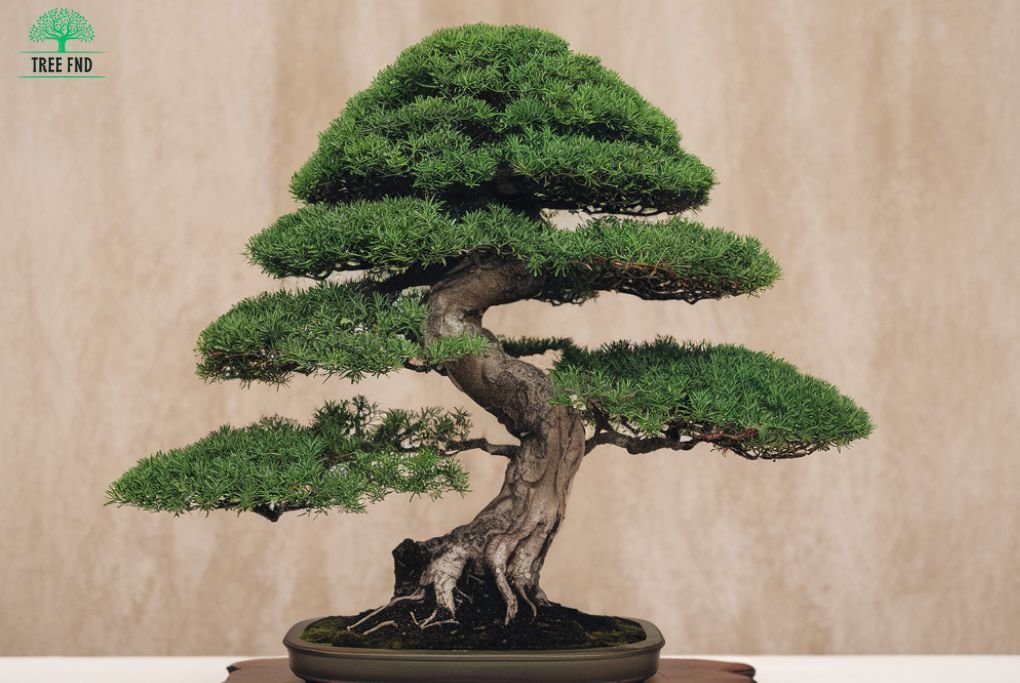
Evolution of Bonsai Techniques
The evolution of bonsai techniques applied to bald cypress is fascinating. Initially, many techniques came from traditional Japanese practices, which emphasized minimalism and harmony with nature. As interest in bald cypress grew, so did the adaptation of these techniques.
In recent years, artists have developed specific methods for cultivating bald cypress bonsai. These include careful pruning, wiring, and using appropriate soil mixes. The emphasis is on maintaining the tree’s natural character while enhancing its artistic form. Improved techniques have led to more successful and visually appealing bonsai trees, showcasing the bald cypress’s potential.
For more tips on bonsai care, you can explore Fukien Tea Tree Bonsai Care to enhance your bonsai gardening knowledge.
Characteristics of Bald Cypress
The Bald Cypress is a unique tree that stands out for its botanical features and remarkable growth patterns. Understanding these characteristics helps in the care and cultivation of this bonsai variety.
Botanical Features
The Bald Cypress, known scientifically as Taxodium distichum, is a deciduous conifer. It is recognized for its needle-like leaves that turn a vibrant orange in autumn before falling off in winter.
Unique Traits:
- Knees: One of its most distinctive features is the knobby growths called “knees” that emerge from the roots, which can help with stability in wet environments.
- Height: In nature, they can grow up to 150 feet tall, but when cultivated as bonsai, they typically reach about 2 feet.
Its bark is typically reddish-brown and peels in strips. This tree thrives in wet conditions, making it ideal for bonsai enthusiasts who can simulate such an environment.
Growth Patterns
The Bald Cypress is known for its fast growth, often achieving about 36 inches in a year under optimal conditions. This growth rate makes it appealing for bonsai enthusiasts.
Key Aspects of Growth:
- Light Requirements: It needs full sun to thrive, ensuring robust growth and vibrant foliage.
- Water Needs: This tree requires ample water, particularly in summer. To maintain moisture, gardeners may place the pot in a shallow bowl of water.
The leaves may drop typically in winter, but some may stay until spring. This adaptability to different climates is beneficial for those growing them as bonsai.
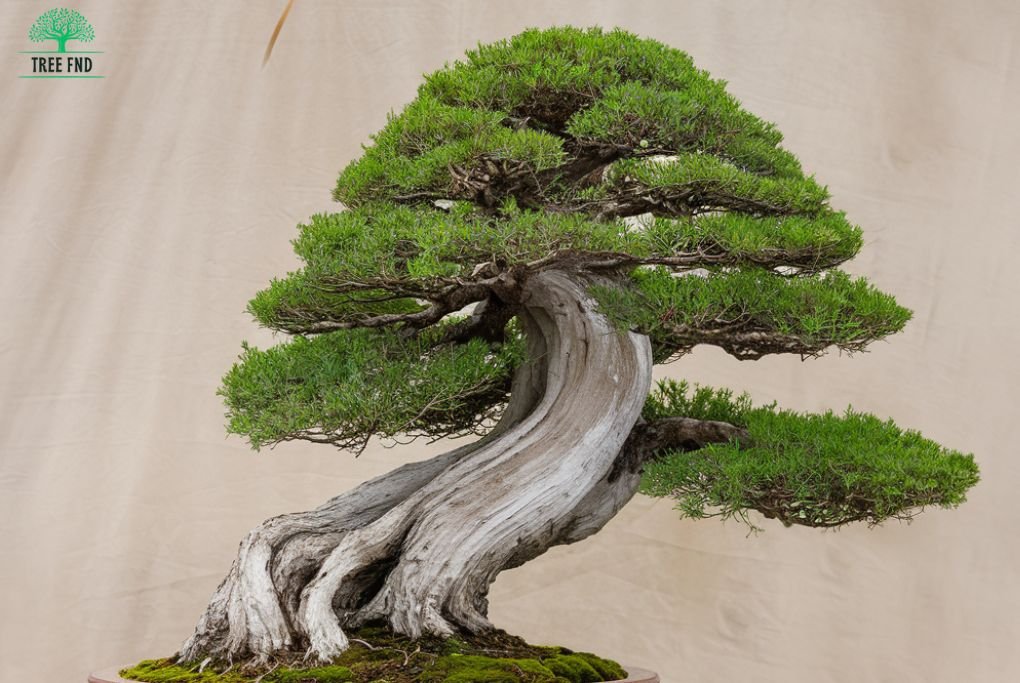
Creating Your Bald Cypress Bonsai
Creating a bald cypress bonsai involves careful selection, potting, and shaping. Each step requires attention to detail to help the tree thrive and develop its unique beauty.
Selection of Saplings
Choosing the right sapling is crucial. For a bald cypress bonsai, selecting a healthy sapling with a strong trunk is essential. Look for vibrant green foliage and well-developed roots. A good sapling should be around 6 to 12 inches tall for easier handling.
It is best to purchase saplings from trusted bonsai suppliers or nurseries specializing in native plants. This ensures the quality and health of the sapling. Native bald cypress trees are generally more resilient to local conditions, enhancing the growth of the bonsai. For detailed guidance on maintaining your bonsai, check out How Do You Take Care of a Bonsai Tree.
Initial Potting and Training
After selecting a sapling, the next step is potting. The pot should be shallow with drainage holes to prevent waterlogging. Use a well-draining bonsai soil mix, which provides the necessary airflow to the roots.
Position the sapling in the pot at a slight angle for a natural look. Fill the pot with soil around the roots, gently patting to remove air pockets. Water it thoroughly and place it in a bright location that receives full sun. Initially, resist heavy pruning; allow the tree to stabilize for at least a year.
Shaping and Styling Guidelines
Shaping the bald cypress bonsai requires patience and knowledge. The tree responds well to pruning and wiring. Regular pruning helps maintain its shape and promotes bushier growth. Remove unwanted branches and leaves during the growing season.
Wiring should be done carefully to avoid damaging the bark. Wrap the branches with bonsai wire, bending them into desired shapes. This method helps create a visually pleasing structure.
Pay attention to the tree’s balance and symmetry as it grows. Regularly adjust the wiring and prune as needed to enhance the stability and beauty of the bonsai.
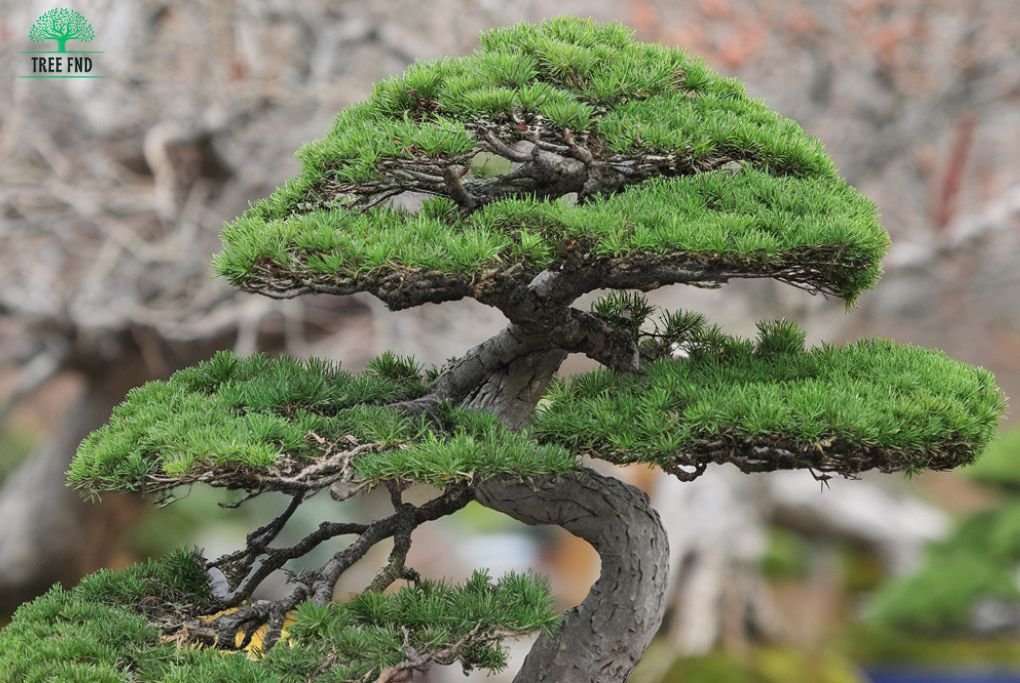
Caring for Your Bonsai
Caring for a Bald Cypress bonsai tree involves understanding its specific needs in areas such as watering, pruning, and seasonal maintenance. Proper attention to these factors ensures healthy growth and vitality.
Watering and Humidity
The Bald Cypress bonsai requires consistent moisture for optimal health. It is essential to keep the soil evenly moist but not soggy. The best approach is to water the tree when the top inch of soil feels dry.
Humidity plays a key role as well. This tree thrives in high-humidity environments. Placing a humidity tray filled with water under the pot can help maintain adequate moisture levels. Misting the leaves occasionally can also boost humidity and support growth.
Pruning and Trimming
Pruning and trimming are critical for shaping the Bald Cypress bonsai. It is important to remove any dead or yellowing needles to promote airflow and overall tree health.
Regularly trimming back new growth helps maintain the desired shape. The best time to prune is during the growing season, usually in spring and summer. It is advisable to use sharp, clean tools to make precise cuts, reducing the risk of damage to the tree.
For more detailed guidance, check out our article on Juniper Bonsai Tree Care to ensure your bonsai thrives with proper pruning and maintenance techniques.
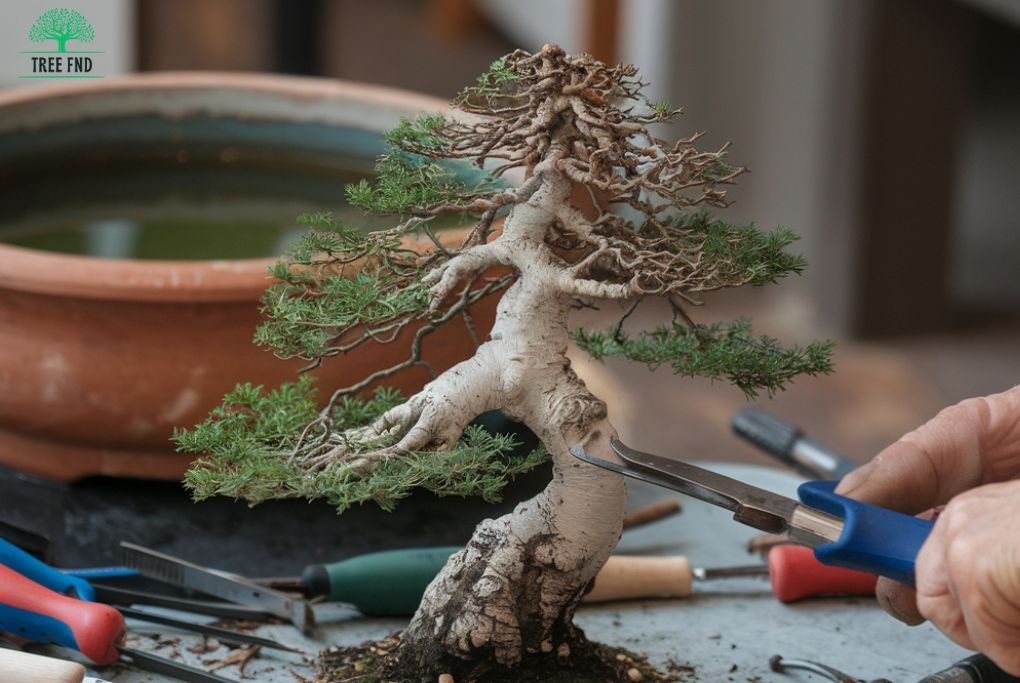
Seasonal Maintenance
Each season requires specific care for a Bald Cypress bonsai. In spring, it is time to repot if needed. This usually occurs when buds start to swell, indicating active growth. Fresh soil provides nutrients and encourages healthy root development.
During summer, the tree should receive plenty of sunlight. However, extreme heat may necessitate some shade during the hottest parts of the day. In autumn, watch for needle drop as this is normal.
In winter, the tree will enter dormancy. Protecting it from freezing temperatures is vital. If kept indoors, it still needs bright light and a cooler environment to mimic its natural seasonal cycle.
Display and Presentation
The visual appeal of a bald cypress bonsai is greatly influenced by its pot and the way it is displayed. Selecting the right pot and observing bonsai display etiquette are essential for showcasing this beautiful tree effectively.
Choosing the Right Pot
The pot selected for a bald cypress bonsai plays a crucial role in its overall presentation. The pot should complement the tree’s natural beauty while also supporting its health.
- Size: The pot should not be too large or too small. A pot that is about one-third the height of the tree is often ideal, allowing for adequate root space.
- Color: Neutral colors like brown or beige can enhance the tree’s aesthetic without becoming distracting.
- Shape: Oval or round pots work well for this species. The rounded shape emphasizes the cypress’s flowing lines.
- Drainage: Ensure the pot has proper drainage holes to prevent root rot, which can affect the tree’s health.
Choosing the right pot creates a pleasing backdrop for the bald cypress bonsai.

Bonsai Display Etiquette
Proper etiquette elevates the display of a bald cypress bonsai, especially at shows and exhibitions.
- Placement: Position the bonsai at eye level for optimal viewing. A pedestal can help achieve this.
- Complementary Elements: Surround the bonsai with natural materials such as stones or moss. These elements add context and enhance the visual story.
- Cleanliness: Keep the display area free from debris. A clean environment highlights the bonsai’s beauty.
- Lighting: Use soft, natural light where possible. Harsh lighting can create unwanted shadows and distract from the bonsai.
By following these guidelines, the true beauty of the bald cypress bonsai can be effectively showcased.
Frequently Asked Questions “Bald Cypress Bonsai Tree”
What is a bald cypress bonsai tree?
A bald cypress bonsai tree is a miniature version of the bald cypress tree, known for its unique, conical shape and feathery foliage. Native to swampy regions, it thrives in moist conditions and is a popular choice among bonsai enthusiasts for its adaptability and striking appearance.
How do you care for a bald cypress bonsai tree?
To care for a bald cypress bonsai tree, provide ample sunlight, consistent watering to keep the soil moist, and regular pruning to maintain its shape. Use well-draining soil and fertilize during the growing season for optimal growth.
Can a bald cypress bonsai tree survive indoors?
While bald cypress bonsai trees prefer outdoor environments, they can survive indoors if placed near a bright window with sufficient sunlight. Ensure the humidity levels are high and the tree receives proper watering to mimic its natural habitat.
What type of soil is best for a bald cypress bonsai tree?
The best soil for a bald cypress bonsai tree is a well-draining mix that retains moisture. A combination of akadama, pumice, and organic compost provides nutrients and drainage.
How often should you water a bald cypress bonsai tree?
Water a bald cypress bonsai tree daily during its active growing season, ensuring the soil remains consistently moist. In cooler months, reduce watering frequency but never let the soil dry out completely.
When should you prune a bald cypress bonsai tree?
Prune a bald cypress bonsai tree during its dormant season, typically in late winter or early spring. Regular pruning helps maintain its shape and encourages healthy growth.

